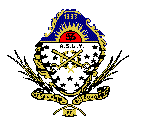 |
 |
 |
 |
 |
 |
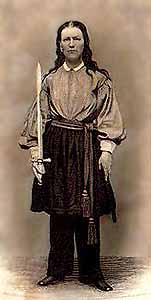 |
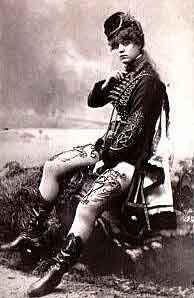 |
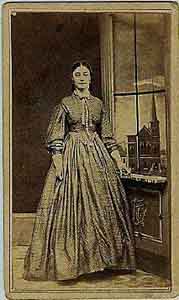 |
Women were important to the war effort. Click the right and left photos for more information. Read about Kady Brownell, Daughter of the Regiment, on the left and proper Civilian clothing for the ladies on the right. The Civil War marked the first time that women in many cases needed to go to work in shops, farms and factories while their men were off fighting for "Uncle Abe". Although Women's Suffrage was not realized until 1920, the fact of women in the American Work Force during the Civil War and WWI advanced the cause to amend the Constitution. However, during the Civil War some more worldly or desperate women resorted to a socially unexceptable means to survive. The center photo was a soldier's favorite; a "Pin Up Gal", who all the men dearly admired on those long campaings and marches through the South night and day fighting the Rebs. |
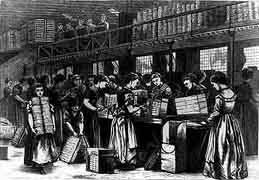 |
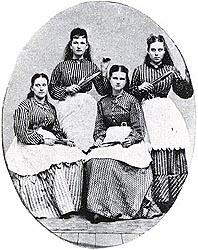 |
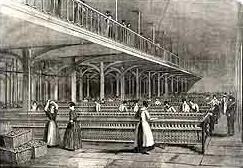 |
LEFT:Matchmakers |

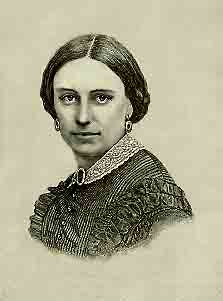 |
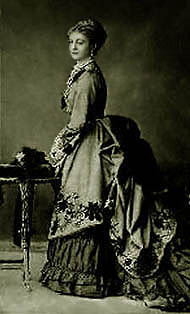 |
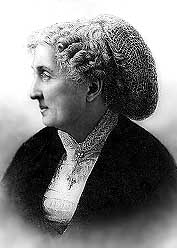 |
LEFT:Mary Bishop Burnside |
All ladies of quality or proper and good up-bringing as well as "true" gentlemen, were thoroughly educated in the "Private Conversation" or "Secret Language Of The Fan", often displayed widly but very discreetly at social gatherings, especially by young ladies courting. The words of the fan language were never spoken in public. The fan language was often used while simultaneously carrying on a spoken conversation with someone else, unrelated to what the lady was saying to another with her fan. Anyone who did not find a way to acknowledge or failed to understand the fan messages being conveyed by a proper lady and her fan, risked greatly offending her. At an early age, women were taught never to get a tan, never eat like a field hand in public, always have perfect posture, speak intelligently, have good manners, never cut her hair, wear a dress that never showed her feet, and do her best to maintain an hour-glass figure. Mothers and Grandmothers were socially duty bound to teach their young girls these rules without exception. The regular practice of shaving legs and under-arms for ladies came in the 1890s and later, when the safety razor was invented and in many cases still later in the early 20th century when women were allowed to reveal their legs with their normal clothing. During the Civil War Period, on hot days, men and women were never allowed to bath together or swim together as a group, and all men and women, "including soldiers" bathing as a "gender oriented group", bathed in their undergarments, never totally un-clothed. This social standard was "strictly" observed in the military. The Language of the Fan at times went against proper standards or acceptable Victorian Period social behavior. Young-people enjoyed the language of the fan as a way of rebelling against strict Victorian Standards imposed upon them as a normal aspect of evryone's life-style, especially during the Civil War. There were two forms of fan gesture: Discrete messages conveyed by women to women; and daring messages that women conveyed to men. Gestures conveyed from women to women were usually gossip oriented. The gestures conveyed by women to men were most often gestures of a lady’s desire for romance or an effort to make it clear to men that a romantic encounter or relationship was not possible before any words are spoken. The most common fan gestures were fan movements conveyed by women to men. Therefore men needed to know the language just as much as women if they wanted to find a suitable mate, especially amidst high society. The gestures below were perhaps the most used language of the fan; the language women conveyed discretely to men in social settings. |


LEFT:"First Lady", Mary Todd Lincoln
LEFT: Sojourner Truth
LEFT: Mrs. James Barton
{Return To The Top of This Page}
|